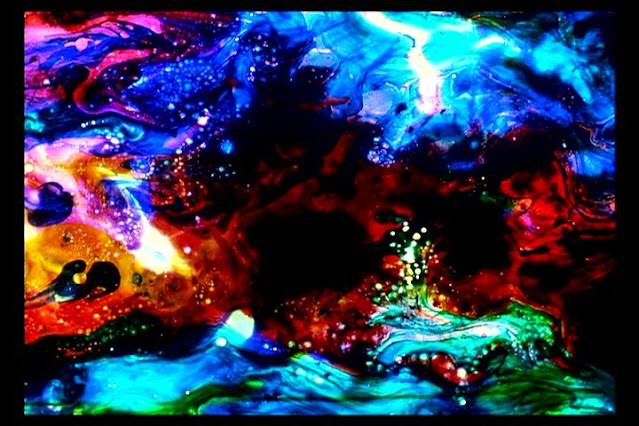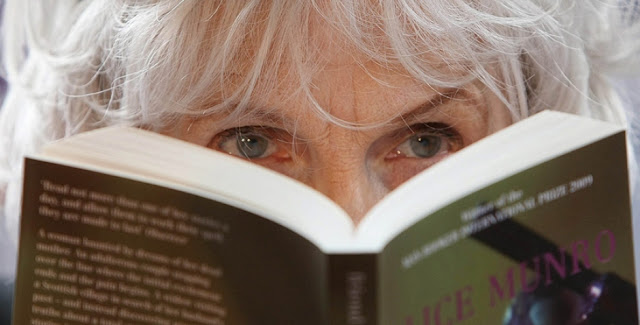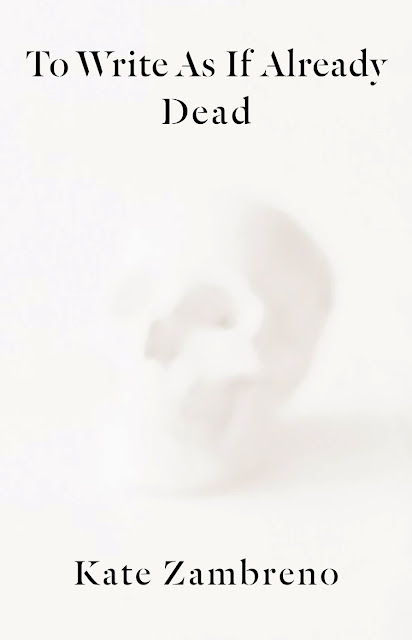In the Jagged Flow

Stan Brakhage, from "The Dante Quartet" (Life has become time-lapsed fragments. I began writing these reflections some weeks ago, trying to capture the halting, disorienting, jagged experience of pandemic time. It all crumbled and keeps crumbling, yet in crumbling feels oddly static.) Time tripped ahead this summer; I can barely account for June and July in memory, though when I look back over events in my work calendar, notes I made for myself, emails I sent, I see that plenty of things got done, read, viewed, written. This is pandemic time, chaos time, life unmoored. Eventually, we will get to look back at these years and what they did to perception. The constant uncertainty, the underlying fear, the vigilance, anger, bewilderment. "The lost year," I said to somebody, then wasn't sure quite when I was referring to, and that confusion only highlighted the loss. The lost year began ten thousand years ago and yesterday. "I haven't been in this room in tw



